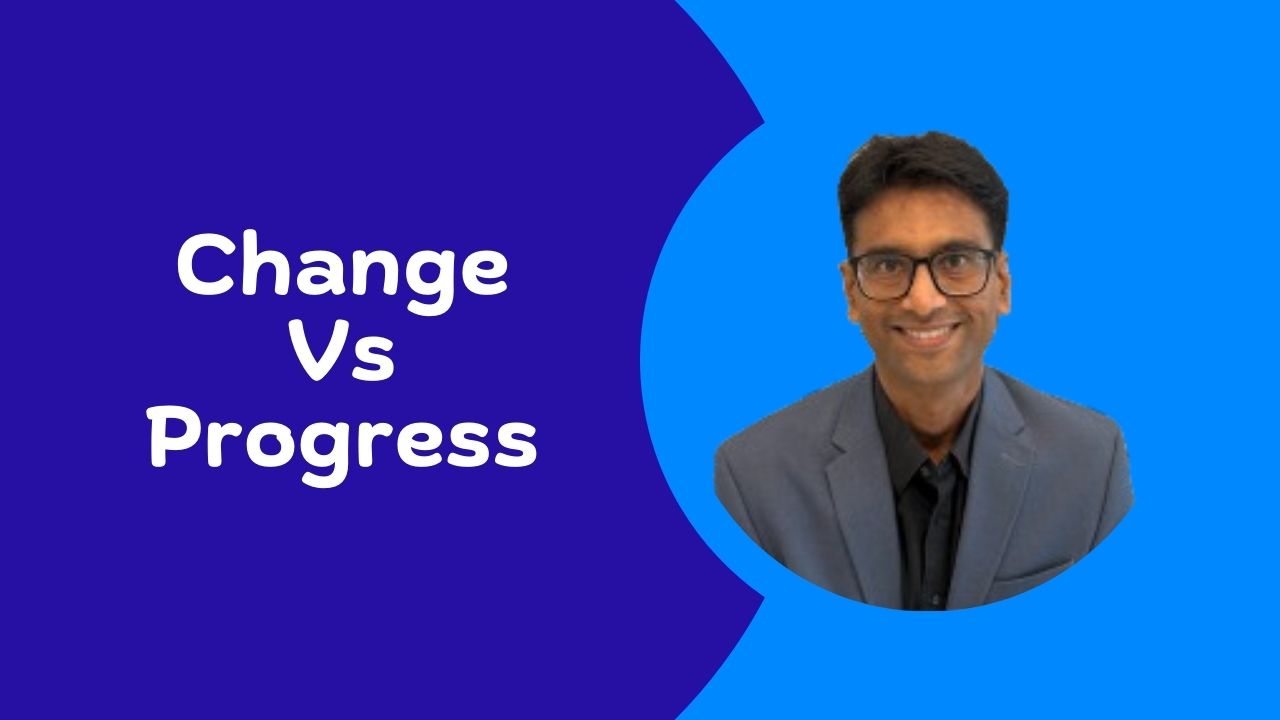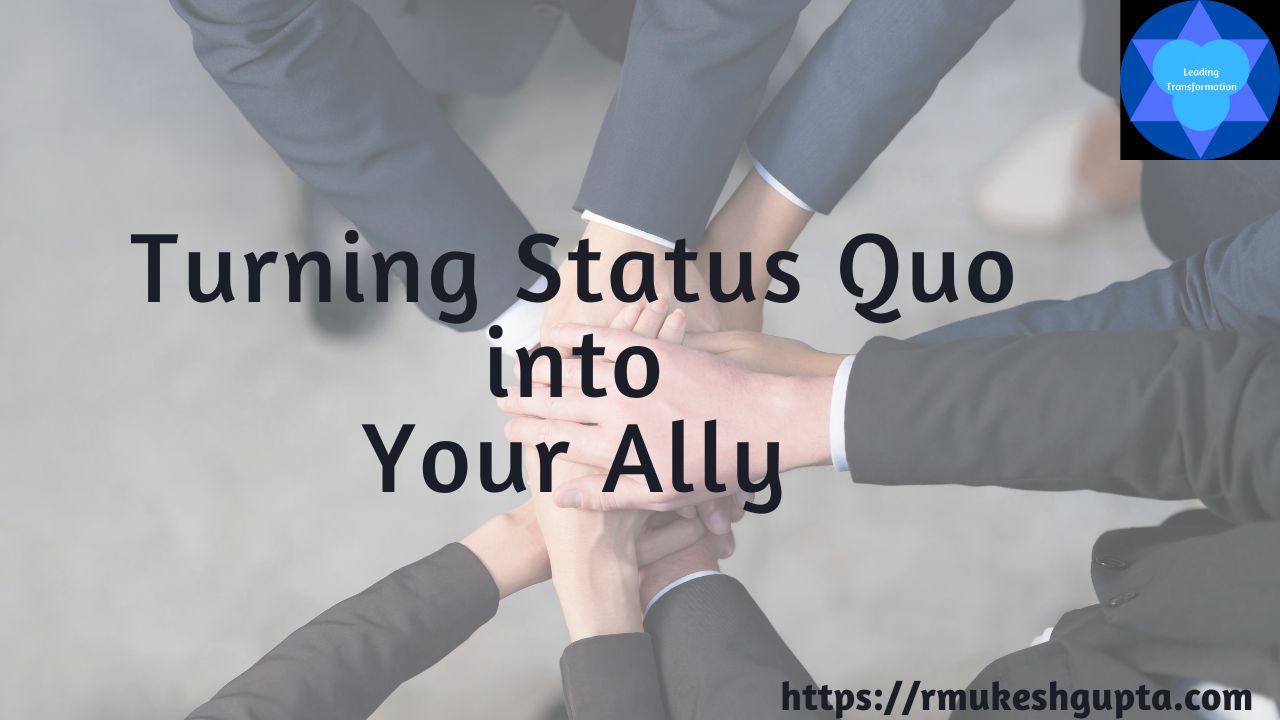I read this interesting blog post about the changing nature of change, specially in the organisational context, in which the authors (Paul Kurchina, Glen Gonzalez & Stephanie Overby) share their perspectives and distinguish between the “C” change and the “c” change. I would highly encourage you to read it here.
Here my take on this topic:
Organisations (business or otherwise) will need to learn how to manage change well. This is soon going to become one of the core skills for them in order to even have a chance at succeeding in their endeavour.
There is no one way to do this. Each organsiation will need to come up with their own way of addressing this challenge. This will depend on their culture and the nature of change they need to overcome. Sometimes, it will be large disruptive change (like the one we had with Covid-19) and sometimes it will be smaller but important changes like how to respond to the entry of a new competitor or a new technology.
One thing that will remain common though is that leaders need to become intentional about the kind of cultures that they want to build and maintain within their organisations.
Organisations will need more leaders than managers.
In the past, once an organisation found some success, they would codify the processes, create SoP’s, roll them out, expect most of their employees to follow them and hire managers to monitor and manage the same.
In the future, irrespective of the success that organisations have seen, they will not be able to create and hide behind their SoP’s. They will need their employees to be their eyes and ears to sense what is going on in the market, think about how it impacts their work and respond in a way that makes their work more effective in achieving their goals.
What this means is that the employees need to be absolutely clear about the goals they are striving towards (hopefully that are optimised at a global level – global maxima). They know that they are expected to sense what is happening around them in their field of operation. They also know that they are expected to respond to these changes in a way that increases their effectiveness.
All of this takes initiative on their part. So, they need an environment that supports this. If our past experience is any indicator, this is not such an easy task to achieve in any organisation, let alone a large organisation. And all of this needs leaders instead of managers.
How we Organise will need to evolve
In my humble opinion, we will see an emergence of a new kind of organisation, one that remains small and nimble, by choice and continues to grow not through economies of scale but through building a network of organisations. We are already seeing glimpses of such attempts with the advent and success of the Rendanheyi model developed by Haier. You can read more about this here.
Add to this mix, the growing number of solopreneur’s or freelance workers and we can see a clear move to a more smaller and loosely connected organsiation.
I have written about this in the past as well. You can read about it here.
The Hollywood Model
A clear model to explore would be how movies get made. There is a central team in the production house that looks at all the projects in flight and green light new projects or pull the plug on existing projects that no longer serves the purpose.
Then there will project teams that come together for a purpose (creating the film) and disburses once done. Then another team comes together for a different purpose (marketing the film) and disburses once done. There will definitely be overlaps between these teams and will have some people cut across and be a part of these teams. However, more or less, the teams will form based on projects and are loosely coupled.
The Amoeba Model
Another model that could be explored is inspired by nature, specifically, single celled Amoeba. They grow to a certain size and then split. Each one has the genetic material to continue to grow and split. This split can happen based on functions (HR, Procurement, Manufacturing, etc) or based on markets or based on products/services or all of them.
This way, the survival rate of the original organisational species is way higher and it is way easier to organise. I will write more about this model of organisational growth and governance soon.
All said and done, we need to start thinking deeply about how we want to organise ourselves, so that we become Anti-fragile (borrowing the term from Nassim Nicholas Taleb) because the pace and scale of change we will face will only increase – both in velocity and ferocity.
And my hope is that most of us are able to make that transition, whenever it happens well.




One thought on “How Change Is Changing and What to Do About It”
Comments are closed.